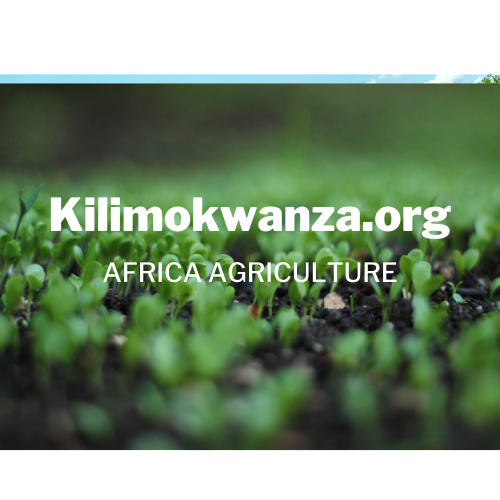By Vianey Rweyendela
Smallholder farmers in Tanzania have something new to smile about. Early March 2022, Prime Minister Kassim Majaliwa inaugurated District Agricultural Development Plans (DADPs) for 30 out of 184 Local Government Authorities(LGAs).
DADPs are pivotal bottom-up planning tools, considering the vast geography of the nation. It will guide the LGAs in identifying and prioritizing context-relevant and agro-ecological appropriate value chains that will optimize smallholder farmers’ profitability. .
Through their grassroots farmers’ groups, smallholder farmers were fully involved in problems and solutions analyses and in developing the plans. . The important outcome from this intervention is availability of quality plans implementation of which would increase farmers’ incomes along the prioritized value chain.
The DADPs go a long way in defining smallholder farmers’ plan to prosperity. All that is needed is for all stakeholders to support the implementation of these plans.

The importance of smallholder farmers cannot be gainsaid. One of the most vital expected benefits of the Agricultural Sector Development Program Phase Il (ASDP II), which provides the national framework for agricultural development ( 2017/18 to 2027/28), includes “accelerated commercialization of the rural agricultural sector.” The sector provides livelihood to more than 70% of the population.
The DADPs are the instruments for implementing ASDPII at the LGA level, customizing interventions to opportunities, challenges, and value chains unique to each area. The Prime Minister, during the inauguration, made it clear that Tanzania has made significant milestones in agriculture development but much more must be done to take it to a new level.
One of the best things about Tanzania’s agriculture is seeing the leaders’ passion from the topmost level. They want to see the full potential of agriculture exploited to transform smallholder farmers’ incomes and livelihood.
With projections of food self-sufficiency set to rise to over 136 percent according to the Ministry of Agriculture, with the implementation of the 30 DADPs ongoing, it becomes urgent for the remaining 154 LGAs, to be facilitated to develop their plans. The plans will be important in turning into reality the government’s goal to have agriculture growth rate rise from 5 per cent to 10 per cent annually.
With the country’s ambition to create eight million jobs in five years(2020/2025), the most viable roadmap is youth and women involvement in agriculture. The DADPs implementation will lead to rapid job creation, food security and increased local and national revenue.
AGRA joined hands with the President Office Regional Administration and Local Government (PO-RALG) Ministry to implement a project titled ‘Strengthening Coordination of ASDPII in LGAs’ (SCALGA), through which DADPs were prepared.
With such initiatives as DADPs, there is optimism for the transformation of the food systems in Tanzania. Of course, there is much work to be done, including providing business development services to the actors in the agricultural value chains. There is credible evidence that such services catalyze the transformation of micro and small farmers’ businesses into more profitable and growing enterprises. At the same time, there is an urgent need for financing DADP implementation in the LGAs. Thus resource mobilization is key to the effective implementation of DADPs. At Alliance for a Green Revolution in Africa (AGRA), we are happy that Hon the Prime Minister ordered increased financing to LGAs by the national government for implementing DADPs. His request for AGRA and other stakeholders to support the remaining LGAs to develop their DADPs is under top consideration but it also calls for broader partnerships with government and development partners.
*The writer, Mr Vianey Rweyendela, is the Country Manager at AGRA, Tanzania
